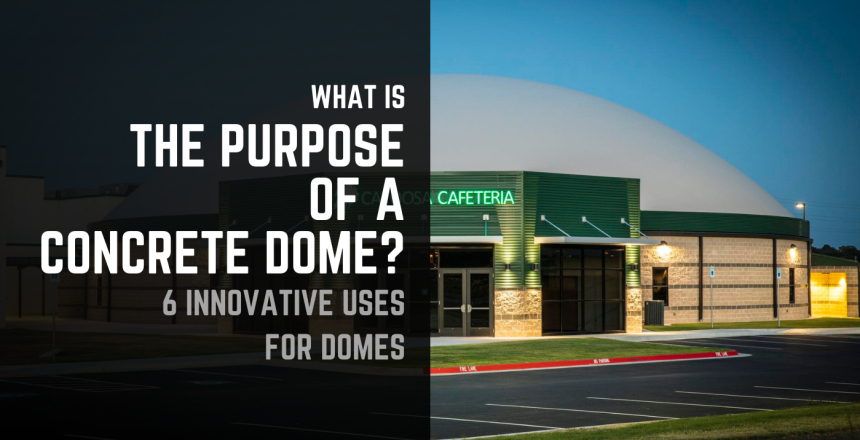Buildings serve many different purposes, from commercial to residential and everything in between. But what is the purpose of a concrete dome? And why would someone choose a dome instead of a conventional building?
Businesses and homeowners choose concrete domes for many different reasons, and those reasons largely depend on the use they have in mind for these superstructures. And while they have many advantages, it’s typically a single benefit that places a concrete dome ahead of other options.
What Is the Purpose of a Concrete Dome?
Concrete domes function well for many different applications. Their inherent advantages make them ideal for extreme conditions, off-grid living, and eco-friendly design. When builders start looking at concrete domes, five specific qualities often cause them to choose a dome instead of conventional buildings.
Strength
The steel-reinforced concrete that makes up the key component of dome structures is virtually indestructible. In stress tests, it was able to handle direct loads of up to 1 ton per square foot.
Safety
Unlike conventional structures, concrete domes can withstand natural disasters, extreme weather, and manmade threats with ease. From hurricanes and tornadoes to earthquakes and wildfires, concrete domes have survived nearly every possible weather event with little to no damage.
Security
Dome homes have survived everything from bombing attacks to artillery tests. Most bullets won’t penetrate the shell, and larger explosives do relatively little damage. Even planned demolition efforts can be challenging to complete.
Efficiency
Energy expenses for domes are as much as 75% lower than conventional buildings of the same size. Their high thermal mass prevents heat loss in cold weather and helps maintain cool interior temperatures in hot climates. One concrete dome church was even able to minimize its energy costs so much that it could pay for itself in less than 12 years.
Versatility
Concrete domes require no interior support structures, leaving an open floor plan that can be used in almost any way. Structural pillars can obstruct views, limit wall placements, and reduce usable square footage. Domes allow the interior design to function completely free of these conventional restrictions.
6 Innovative Uses for Domes and Why They Work So Well
So what is the purpose of a concrete dome? Well, it depends: what do you need?
With these advantages in mind, project designers have used domes in many unique ways. The 6 most innovative and successful uses range from large gathering areas to cozy homes, and a whole lot more in between.
Schools, Churches, and Community Centers
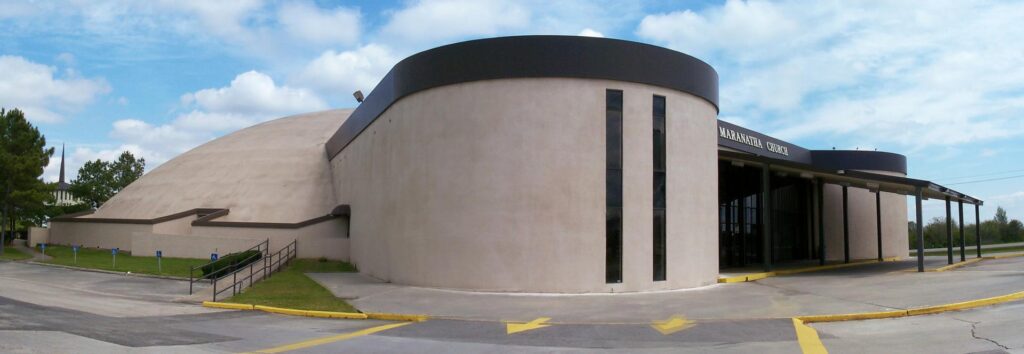
Large-scale buildings for regular events benefit greatly from the advantages of dome structures. Schools have used domes as multipurpose buildings to house both athletic activities and lunch rooms. Churches see the advantage of ditching the support pillars so their sanctuaries can hold more people without sacrificing safety. And communities have built domes for use as gathering places for city activities and safe houses during storms. The energy efficiency, competitive building cost, and strength allow these organizations to have a place they can use for decades without worry.
Residential Buildings and Homes
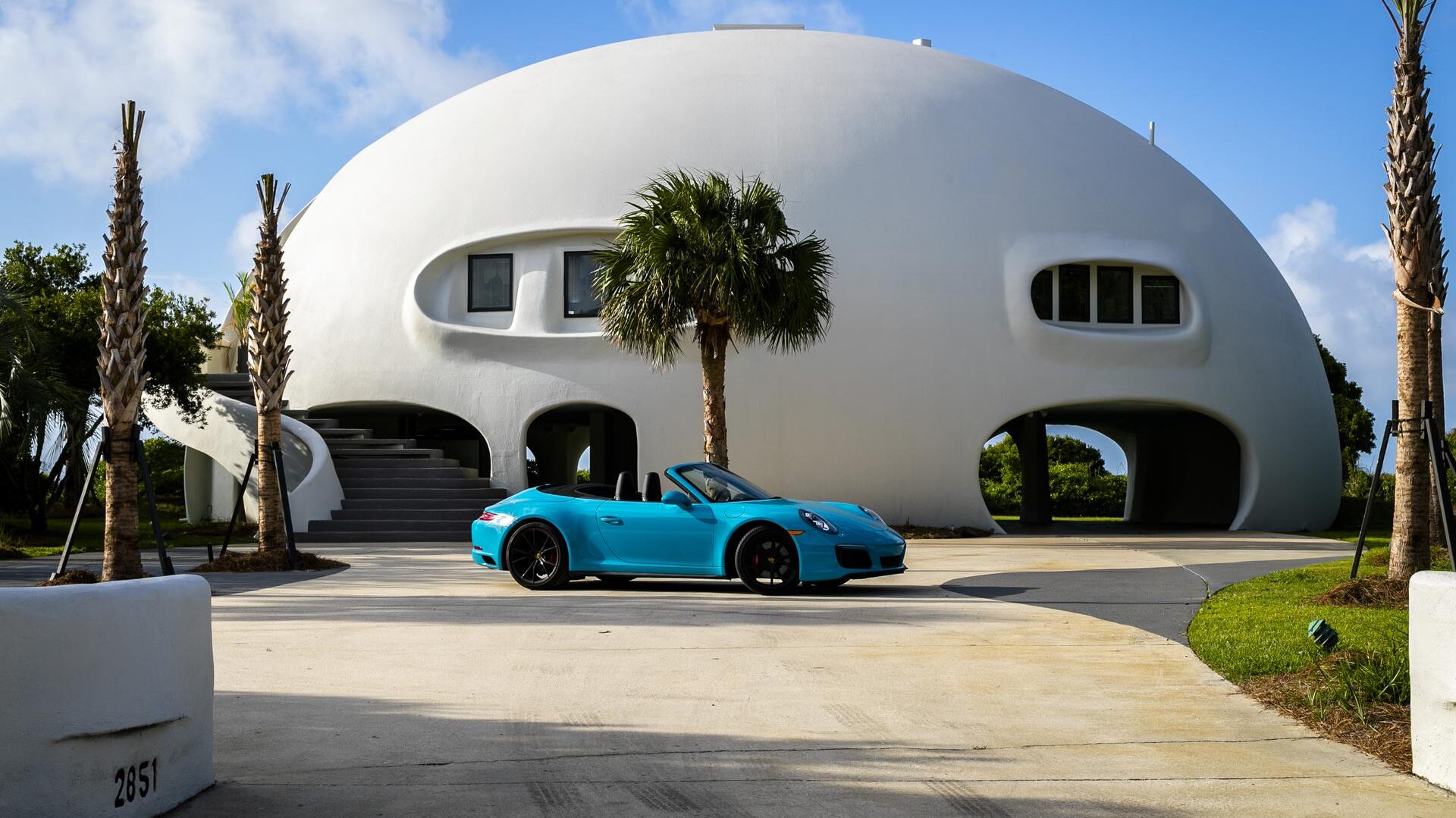
Concrete dome homes have proven valuable in extreme conditions, including hurricanes and tornadoes. Even earthquakes and fires pose little threat to concrete domes, making them ideal for places that deal with these natural disasters regularly.
But homeowners also find their energy efficiency appealing, knowing that the upfront investment for materials is well worth the return on their energy bills. This efficiency also plays a role in concrete domes suiting the needs of off-grid living with relative ease. Just a few solar panels can cover the power needs of a concrete dome home.
Indoor Farming
The ability to easily control the interior climate of a concrete dome is great for homes, but it can also serve a purpose for indoor farming. By keeping valuable crops inside a controlled environment, farmers and specialty growers can cultivate crops all year long. Temperature-sensitive crops can be grown anywhere, increasing yields and decreasing costs for farmers.
Storage Facilities
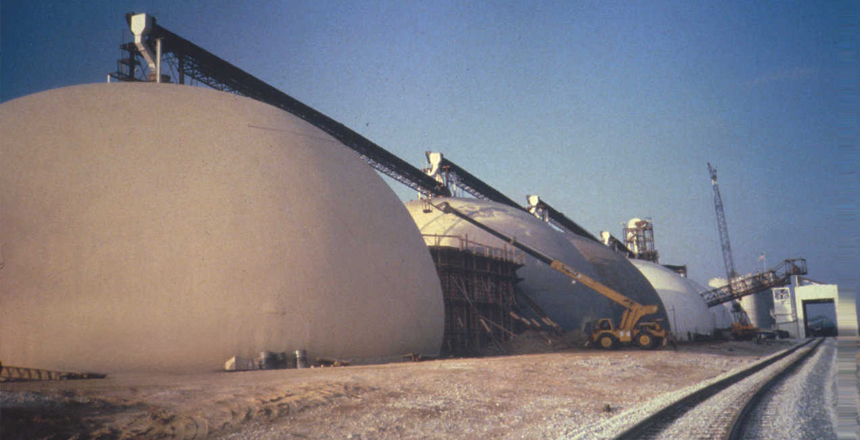
Some industrial and agricultural companies have started replacing conventional steel silos with concrete dome silos. They can be built to any specifications, so valuable land can be more effectively used. And since they are airtight, watertight, and have no weak points in their construction, concrete dome silos offer better protection and safety for everything from soy and corn to gypsum and fly ash.
Security Bunkers
With the strength to handle both natural disasters and manmade threats, concrete domes have long been seen as ideal security bunkers. They’re so safe, in fact, that they meet the criteria for FEMA near-absolute protection.
Event Centers
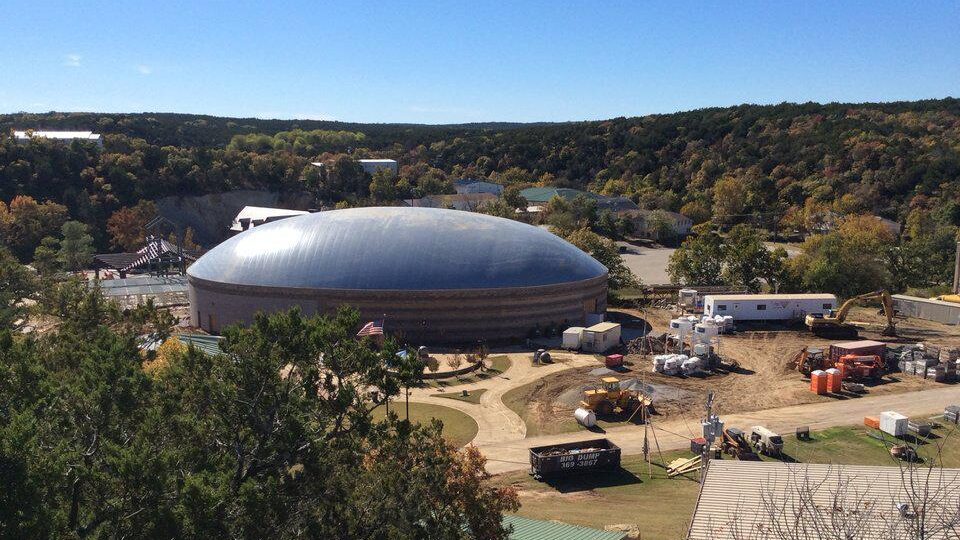
Sports organizations have discovered that concrete domes offer an incredible opportunity to build a safe, strong, and cost-effective event center for their needs. Domes have no need for structural posts or pillars, making every seat a good seat. Low-profile domes built on top of stem walls not only look fairly conventional, but they also require minimal materials for the strength of the structure.
Building a Dome for Your Needs
Whatever the purpose of a concrete dome, it’s clear that these structures offer benefits that no other structure can provide. At KingDome Builders, we see that value in the homes and storage solutions we build, knowing that our projects will last for decades, and perhaps even centuries.
If you’re wondering what you could do with a dome instead of a conventional building, we’d love to talk with you. Contact us online, come visit us in our office, and even tour a mini dome home in person to see why we’re so passionate about what we do!

